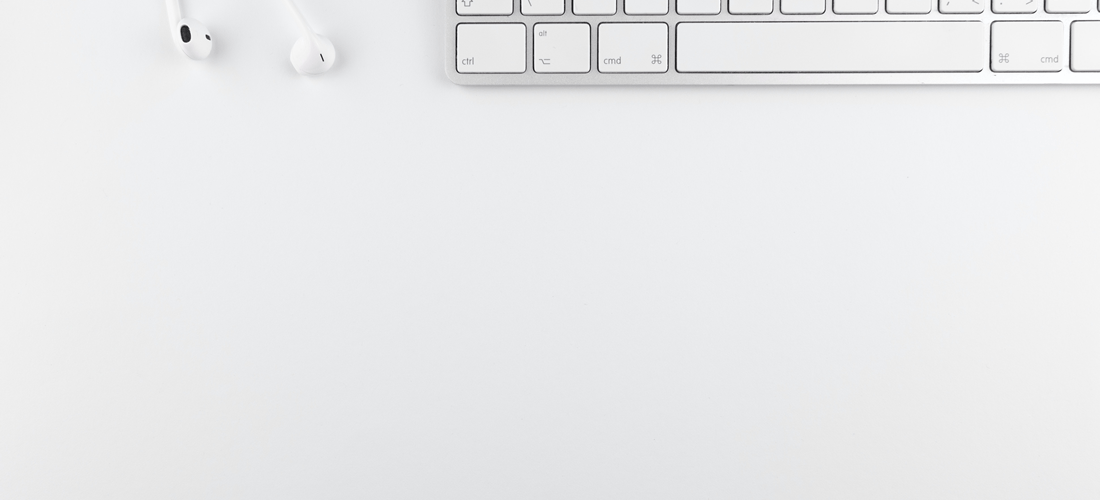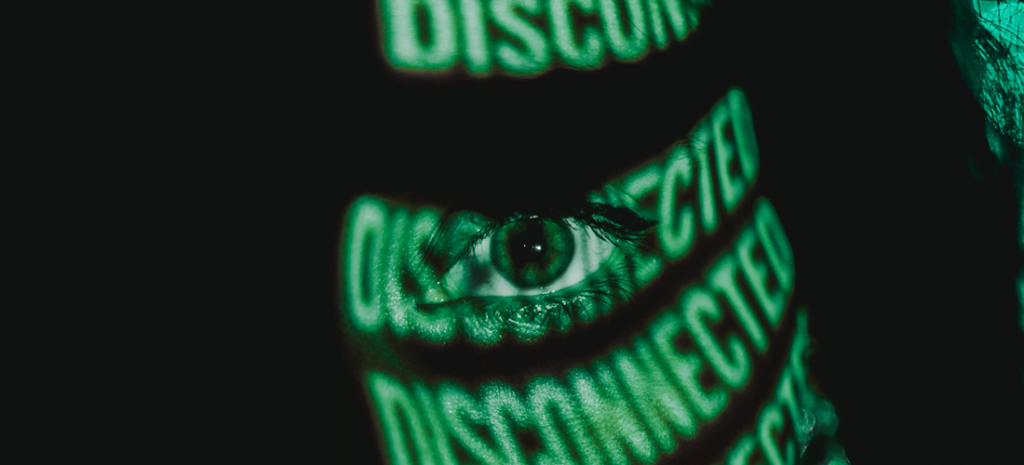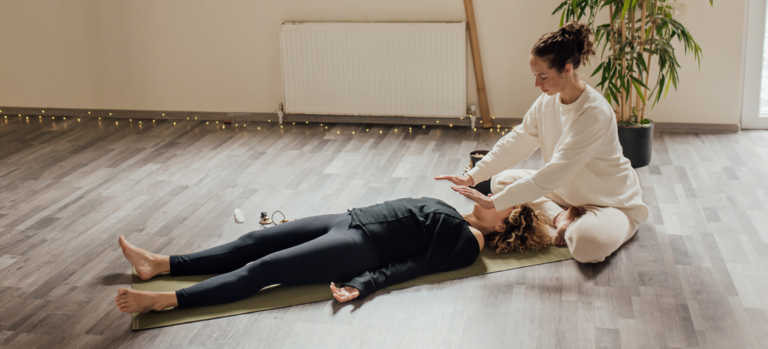Digital minimalism can be broadly defined as a philosophy that helps you question what digital communication tools (and behaviors surrounding these tools) add the most value to your life. It’s about deliberately reducing or completely eliminating gratuitous digital noise and distraction from your day-to-day life.
In today’s digital age, the implementation of digital minimalism becomes more essential than ever. We are bombarded with a perpetual stream of information and distractions that can result in mental clutter, reducing our focus and efficiency. By adopting digital minimalism, we can regain control over our digital lives, enhancing our ability to focus, improving our productivity, and ultimately leading to a more balanced and fulfilling life.
Implementing Digital Minimalism
Implementing digital minimalism involves adopting intentional practices to reduce digital distractions, regain control over your online life, and make more meaningful use of technology. Here are several strategies to help you implement digital minimalism effectively:
1. Digital Detox
An integral step in adopting digital minimalism is the “Digital Detox”. This involves temporarily disconnecting from digital devices, such as smartphones, computers, and tablets, to break free from the constant barrage of notifications and information overload. This detox isn’t merely about escaping technology; it’s about resetting our relationship with it.
By consciously disconnecting, we give ourselves the space to reflect on our digital habits, recognizing which aspects are beneficial and which ones are draining our time and energy. A digital detox provides a much-needed pause, allowing us to establish healthier and more intentional digital behaviors that align with the principles of digital minimalism.
2. Screen-Free Zones
This initiative designates specific areas where the use of digital devices is strictly off-limits. These might include bedrooms, dining areas, or even certain times of the day like during dinner or before bedtime. The primary purpose of “Screen-Free Zones” is to mitigate the omnipresence of digital distractions and create spaces conducive to rest, relaxation, or person-to-person interaction.
This helps us to reconnect with our natural surroundings and recalibrate our attention, which is otherwise constantly fragmented by incessant digital notifications. Disengaging from screens can foster better sleep hygiene, particularly when devices are kept out of the bedroom. Overall, “Screen-Free Zones” are a tangible step towards reclaiming control over our digital lives.
3. Set Digital Boundaries
Setting digital boundaries plays a crucial role in adopting digital minimalism, as it aids in creating a healthy balance between our online and offline lives. Setting such boundaries can encompass a variety of aspects, from strictly designating certain hours of the day for device usage, to limiting specific apps or websites that tend to consume a substantial amount of our time.
Why should we set digital boundaries? The answer lies in the immense benefits it brings to our mental health and productivity. Continuous device usage can lead to digital fatigue, stress, and reduced focus. By setting clear boundaries, we can avoid such consequences, increasing our productivity and enhancing our overall well-being. It also allows us to have a more intentional and controlled digital experience, focusing on what truly matters to us. In this modern age, setting digital boundaries is not just beneficial, but essential for a balanced life.
4. Digital Declutter
In the pursuit of digital minimalism, an essential strategy to embrace is the “Digital Declutter.” This concept involves conscientiously reviewing and eliminating unnecessary digital distractions from your life. For a start, assess your digital spaces – be it your cluttered email inbox, numerous unused apps, or excessive social media use. The key is to retain only those digital tools that add genuine value to your life and align with your goals.
Adopting Digital Declutter has multiple benefits. Firstly, it aids in reclaiming time – time that was previously squandered on unproductive digital activities can now be allocated to more fulfilling engagements. Secondly, it minimizes digital distractions, thus fostering better concentration and productivity. Lastly, it mitigates the risk of digital exhaustion, promoting healthier and more balanced engagement with technology.
Digital Declutter doesn’t mean completely eliminating digital tools. Rather, it’s about purposeful use and making technology work for you. The ultimate aim of digital minimalism is not to disconnect, but to connect more mindfully.
5. Mindful Consumption
Mindful consumption plays a pivotal role in the practice of digital minimalism. This concept is all about being selective in the digital content we consume, focusing on quality over quantity. To implement mindful consumption, start by identifying digital platforms and content that truly add value to your life. This could be a dependable news source, an educational podcast, or a health and wellness blog, for instance.
Why is this important in digital minimalism? Because, by curating your digital world, you eliminate unnecessary digital clutter. This reduction in digital noise allows for increased focus, productivity, and mental clarity. More than just a strategy, mindful consumption is a lifestyle choice that helps foster a healthier, more intentional relationship with technology.
6. Batching Tasks
Batching tasks is a pivotal strategy when implementing digital minimalism. The concept revolves around grouping similar tasks together and performing them in a single dedicated time slot. Essentially, instead of being constantly disrupted by digital notifications, you designate specific periods of your day for checking emails or social media.
Why is task batching crucial for digital minimalism? First, it minimizes the mental clutter caused by context-switching. Each time we divert our attention from one task to another, it takes a certain amount of time and mental effort to refocus. By batching tasks, we limit this cognitive drain, promoting a minimalistic, focused approach to digital usage.
Secondly, task batching helps control our time spent online, reducing unnecessary digital consumption. We become more aware of the time we spend on each digital task, which can deter mindless scrolling and foster intentional digital use. It’s a simple yet effective hack to reclaim your time and focus in the digital age.
7. Use Digital Tools Wisely
Digital minimalism isn’t about completely eliminating digital tools from your life; it’s about using them wisely and consciously. It’s essential to evaluate the tools you use and understand their value. For instance, social media platforms can be addictive and time-consuming, but if used properly, they can be a platform for beneficial networking and information sharing.
Prioritize your digital tools according to their necessity and utility. Always ask yourself, “Is this tool enhancing my life or diverting my attention?” The true essence of digital minimalism lies in making mindful decisions about our digital engagements, ensuring they contribute positively to our lives without causing unnecessary stress or distraction.
8. Prioritize Offline Activities
Prioritizing offline activities is a fundamental part of implementing digital minimalism. The strategy not only aids in reducing screen time but also fosters mindfulness and enhances interpersonal relationships.
Opting for a walk in nature instead of scrolling through social media, engaging in face-to-face conversations instead of texting, or reading a physical book instead of an e-book are simple ways to prioritize offline activities. They provide a break from constant digital stimulation, allowing our minds to reset and recharge.
This approach also promotes presence and awareness, encouraging us to fully engage with our surroundings and the people around us. The key is to consciously choose activities that add value to our lives, and that involve minimal use of digital devices.
9. Unsubscribe and Unfollow
Unsubscribing and unfollowing can be a potent strategy in practicing digital minimalism. The principle underlying this action is simple — reduce the amount of digital noise in your life to enhance overall well-being and productivity.
Embarking on a digital minimalism journey often begins with a critical examination of your digital subscriptions and social media followings. This includes newsletters, promotional emails, and all social media channels. The reason? They constantly demand our attention, creating a sense of urgency to be “in the loop,” which can lead to stress, anxiety, and decreased productivity.
By choosing to unsubscribe and unfollow, you reclaim control over your digital environment, deciding what kind of content deserves your attention. It’s not about completely isolating yourself from the digital world; instead, it’s about curating a digital experience that aligns with your values and contributes positively to your life.
Remember, each notification you eliminate is one less demand on your attention. And in the realm of digital minimalism, less is definitely more.
10. Practice Digital Fasting
Practicing “Digital Fasting” is a pivotal strategy when implementing digital minimalism. This concept refers to setting aside specific periods where you intentionally abstain from using digital devices. The aim is to break free from the constant influx of digital information and create opportunities for real-life experiences and interactions.
The benefits of digital fasting are multifold. Firstly, it can lead to improved mental health by reducing digital distractions and the subsequent feelings of anxiety and stress. Secondly, it encourages you to engage more fully in the present moment, which can lead to enriched relationships and experiences. Lastly, it can boost your productivity by allowing your mind to focus on one task at a time, rather than continually switching between digital tasks.
To effectively practice digital fasting, start by setting specific times during the day, perhaps during meals or just before bedtime, where digital devices are off-limits. Gradually, you can increase this fasting period until you feel comfortable with your digital consumption. Remember, the goal is not to completely eliminate digital use but to create a healthy balance.
11. Evaluate and Reevaluate
Evaluating and reevaluating your digital consumption is a cornerstone strategy when implementing digital minimalism. The primary aim here is to establish a baseline and then continually assess your usage to identify patterns of excessive or unnecessary digital consumption. To start, take an inventory of your digital habits. Note what devices you use, which apps you spend time on, and how long these digital interactions last. This initial evaluation gives you a clear picture of where you’re starting from.
After this initial evaluation, reevaluating becomes crucial. Continually reassess your digital habits, perhaps on a weekly or monthly basis. This ongoing check-in allows you to track your progress, notice any backsliding, and make necessary adjustments. It’s not about achieving perfection, but about making conscious, intentional decisions about your digital usage. The goal of digital minimalism isn’t to eliminate all digital usage, but to ensure that your digital interactions truly add value to your life, rather than distracting from it.
12. Seek Support
When embarking on your journey towards digital minimalism, it’s essential to remember that you’re not alone. Seeking support can play a crucial role in your successful transition to a less digitally dependent lifestyle. Surrounding yourself with like-minded individuals or joining online communities committed to practicing digital minimalism can provide the encouragement and motivation you need.
Sharing experiences and tips with others can help uphold your commitment, and learning from their experiences can provide practical strategies to overcome challenges. Remember, the goal of digital minimalism isn’t to eliminate digital technology from your life completely, but to create a more mindful and intentional digital experience. Seeking support allows you to learn from others, maintain your motivation, and cultivate a digital lifestyle that aligns with your personal values and goals.
Implementing digital minimalism is a personal journey that requires commitment and self-awareness. By adopting these strategies, you can regain control over your digital life, reduce distractions, and focus on what truly matters to you.
Assessing Your Digital Footprint
1. Conducting a Digital Audit
The first step towards embracing digital minimalism is conducting a comprehensive digital audit. It’s an eye-opening exercise that helps you understand your digital consumption habits. Start by taking a thorough inventory of all your digital devices and listing the apps, websites, and digital services you use. For each item, ask yourself: ‘What value does this bring to my life?’ and ‘How much time do I spend on it daily?’ To get a more accurate picture, you might want to use screen-time tracking apps. The goal is to identify digital distractions that don’t contribute positively to your life. This audit will create a solid foundation for your journey towards digital minimalism.
Identifying time-consuming digital activities
After your initial digital audit, it’s time to delve deeper and identify the most time-consuming digital activities that may not be adding significant value to your life. These are typically activities or platforms that you use habitually but could manage without. They might include endlessly scrolling through social media, binge-watching streaming platforms, or time sunk into online gaming. To spot these, look at your daily screen-time reports – the apps or activities that take up the most time are your first suspects. Also, reflect on your usage habits. Do you find yourself mindlessly opening certain apps when you’re bored or procrastinating? These activities are likely those you want to address in your digital minimalism strategy. Remember, the goal isn’t to eliminate all digital activity, but rather to curate your digital life in a way that serves you rather than controls you.
Analyzing the impact of digital devices and apps on your life
After identifying your most time-consuming digital activities, the next step in implementing digital minimalism is to analyze the impact of these activities on your life. This analysis should involve a reflection on your emotions, productivity, and overall well-being. Start by asking yourself: ‘How do I feel after spending time on this app or device?’ If the answer is more stressed, anxious, or overwhelmed, this is a clear sign that change needs to occur.
Consider also whether these activities are preventing you from achieving your daily goals or tasks. If you’re spending hours on social media or video games instead of working on an important project or spending time with loved ones, you may need to reassess your digital usage. Pay attention to your sleeping habits as well. Excessive screen time, especially before bed, can disrupt your sleep patterns and lead to lower productivity and energy levels.
Remember, the aim of digital minimalism isn’t to completely exclude digital devices from your life, but to use them in a way that adds value and improves your overall quality of life. Therefore, analyzing their impact is a crucial step in this journey.
2. Setting Clear Objectives
Setting clear objectives is a critical step in your journey towards digital minimalism. The goal isn’t to eliminate all digital tools from your life, but to cultivate a mindful and intentional use of technology. Perhaps you’re aiming to reduce time spent scrolling social media, hoping to spend more time on meaningful activities, or wish to declutter your digital space for mental clarity. By establishing clear, measurable objectives, you’ll have a concrete standard to measure your progress and adjust your strategies as needed. Remember, the key is to let digital tools serve you, not the other way around.
Defining What You Want to Achieve with Digital Minimalism
Defining your individual goals for digital minimalism is a critical aspect of this journey. This means identifying what you hope to gain from this lifestyle shift. Maybe you aim to free up more time for face-to-face interaction with loved ones, or perhaps you wish to dedicate more time to hobbies and personal development.
Others may be seeking reduced screen time to alleviate physical issues like eye strain or to improve their sleep quality. It’s essential to personalize your approach to digital minimalism, tailoring it to your lifestyle and needs. Remember, success in digital minimalism is not about the complete elimination of digital tools, but about their conscious, purposeful usage.
Determining your priorities and values
After setting your objectives and defining your individual goals, the next step in your digital minimalism journey is determining your priorities and values. It’s important to understand what really matters in your life and use this understanding to guide your decision-making. For example, if spending quality time with family is a priority, you might limit phone use during family meals or outings.
If personal growth is a value, you could allocate specific times for reading or pursuing a new hobby, free from digital distractions. Identifying your priorities and values will help you make conscious decisions about your tech usage, ensuring that it aligns with your life’s larger goals. This process is all about creating digital boundaries that respect and enhance your personal and professional life, rather than allowing technology to dictate your time and attention.
Conclusion
The practice of digital minimalism can provide a path to a healthier, more centered life. This philosophy encourages us to make more intentional decisions about our use of technology, focusing on quality over quantity. We can start by decluttering our digital space, unfollowing unnecessary social media accounts, and unsubscribing from unneeded emails.
Time management is also key, setting specific “tech-free” periods in our day can provide a much-needed break and reduce our reliance on digital devices. It’s also advisable to replace our digital activities with non-digital ones – reading a physical book, for example, or taking a walk.
The goal is not to eliminate digital tools completely, but to use them in a way that aligns with our personal goals and values. So, take the first step towards digital minimalism today, starting small and gradually building up to a more balanced digital life.








